Visit or Call Our Sleep Guide Texas Showrooms
Our Texas Showrooms Are Here To Help With All Your Favorite Online Brands! And We Offer Exclusive Coupons To Save More!
Learn MorePlease note, we are proudly supported by our readers. The product links are referral based and if you purchase an item we make a small commission. For more information please see our disclosure page.
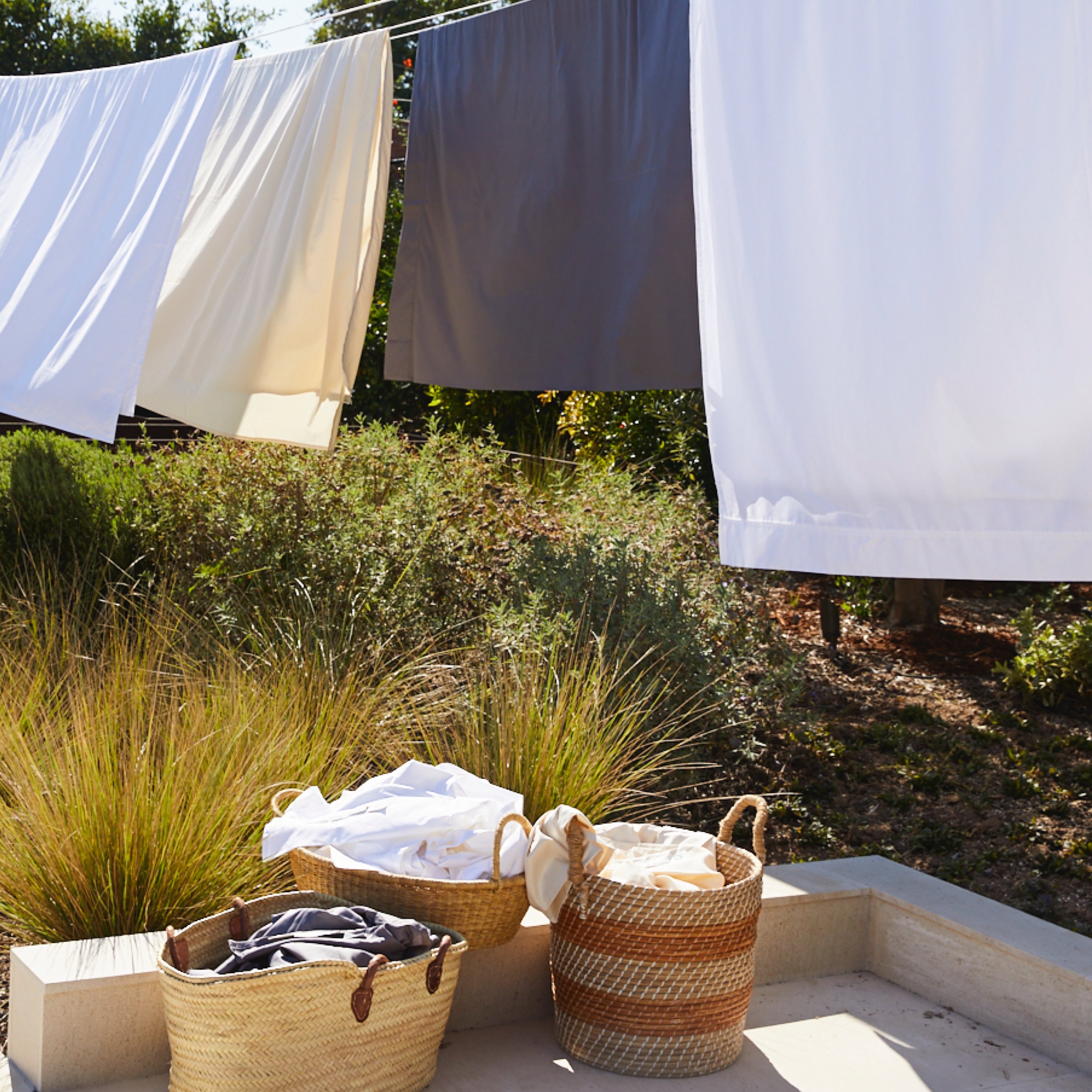
Which is why we want to go through some of the most common materials used in bed linens to help you decide which is best. By going through the pros and cons you will quickly see which of these textiles is most perfect for your sleeping needs. So next time you’re shopping for new sheets or an added blanket you’ll know exactly what you are looking for.
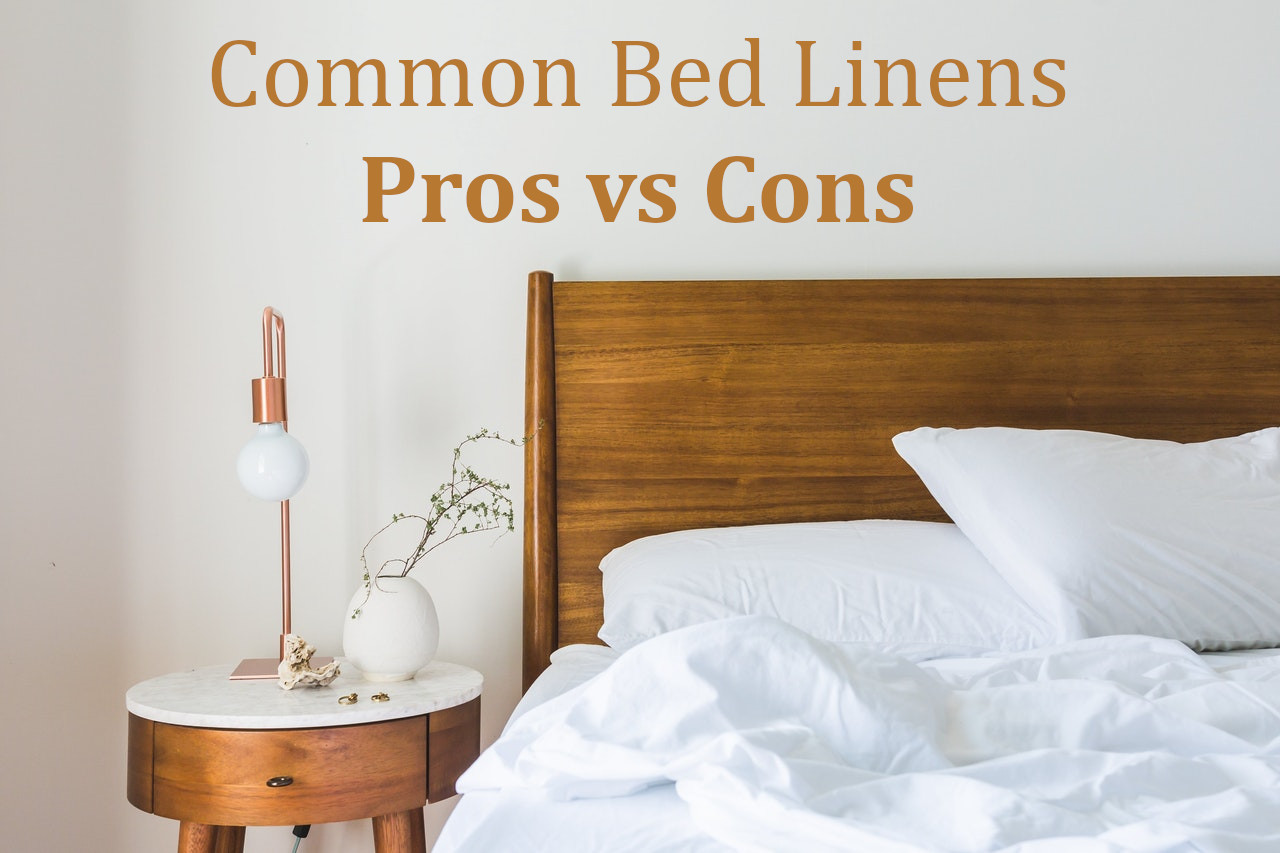
Silk pillow cases have become increasingly popular within the last few years. With chic luxury brands and celebrities touting the many benefits of sleeping on silk. Are silk sheets truly the latest hack for beauty and comfort, or is it all a marketing ploy?
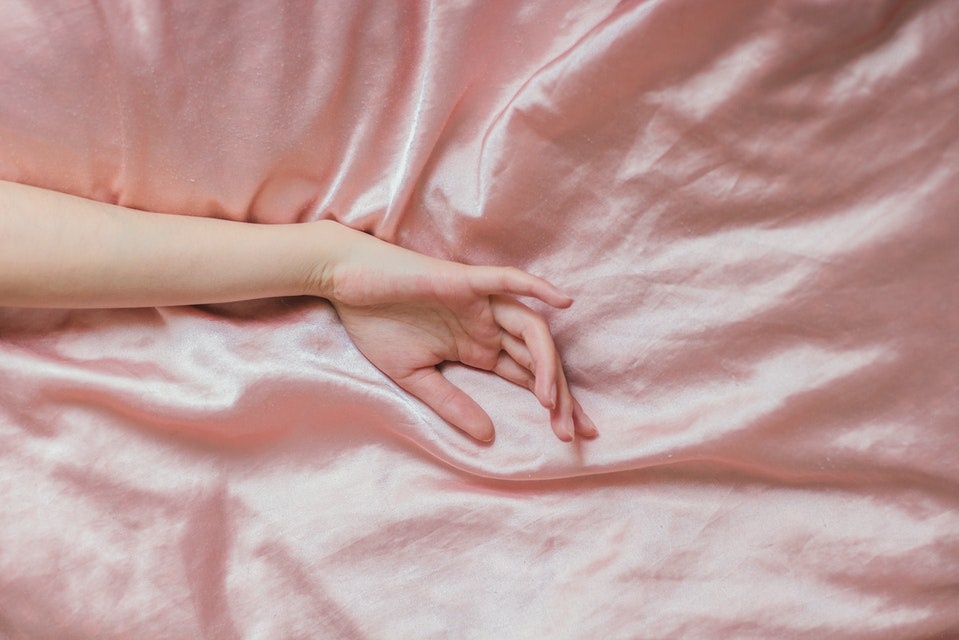
Real smooth silk is a natural material that is low friction on hair and skin. It also is very breathable and wicks excess oils and moisture away from your face. This not only means that all of the anti-wrinkle, clear skin, and hair benefits are accurate. It also means that these sheets are luxuriously comfortable to sleep on as well.
Real silk is expensive and there are a lot of fakes out there. Which is why it is common to use silk for pillowcases and have the rest of your bedding out of a more cost effective material like Cotton.
Silk also requires a little more attention when it comes to washing and drying. It is recommended that you do not use fabric softeners in order to keep the material breathable. It is also suggested to hand wash with ph neutral detergents and hang dry. While this is a lot of work for a pillowcase, many claim that the beauty and comfort benefits are more than worth it.
Undeniably, cotton is the quintessential fabric of choice when it comes to bedding. It is natural, breathable, inexpensive, and can be weaved in a number of different ways in order to create lots of different looks and texture. Whether you’re looking to buy percale, jersey, flannel, or sateen sheets you can get a cotton version of this sheet style.
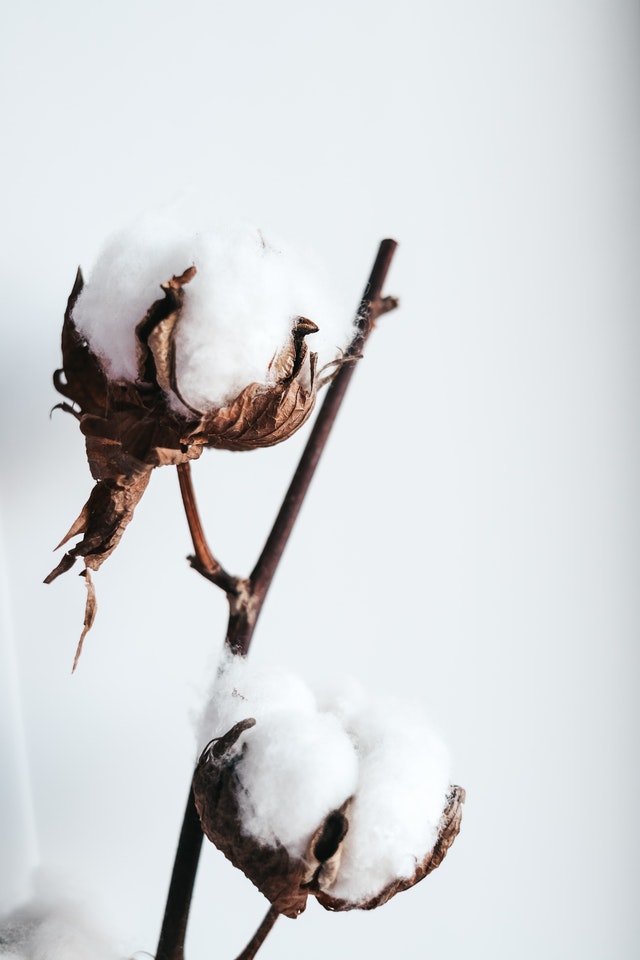
There are so many reasons why cotton is such a loved and highly utilized materials for bedding, sheets, mattresses, pillows and more. It is a natural material that is a breathable, moisture wicking, soft fabric. The look and feel of cotton is rather versatile, it can be weaved in different ways in order to create different comfort options.
Whether you want a thick fuzzy sheet for staying cozy and warm, or a silky smooth sateen sheet set for a luxurious cool sleeping sheet. All of the different weaves allow you to have a different kind of sheet year round if you like.
Another major benefit to cotton sheets is that they come in a large range of prices. Since cotton can be grown in a number of different places including the united states, it varies in price and quality.
Some varieties of cotton plant varieties like Egyptian and Suvin provide longer fiber strands which allows for stronger longer lasting threads with higher thread counts. While these tend to be more luxurious feeling, they also come with higher price tags. While there are other cotton sheets that are very comfortable and versatile while remain budget friendly.
While most cotton products are preshrunk these days, be careful when looking for a good deal. Some cotton sheets that are priced very low can still shrink if you wash and tumble dry them. Always follow care instructions carefully. This can also be an issue with cotton blend products.
Be mindful that not all cotton blends are as high quality as 100% cotton sheets. Added polyesters and cheaper materials can make the price more reasonable. However, it can lower to quality of feel and longevity to your sheets. Keep this in mind when shopping.
Click the link to and use code OURSLEEPGUIDE15 to save 15% on our favorite cotton sheets: Brentwood Home Organic Cotton Sheets
You may be more familiar with this fabric being called Tencel, which is essentially a brand name for lyocell fabric. (Think Kleenex tissues). Lyocell is a fabric made out of eucalyptus pulp fiber.
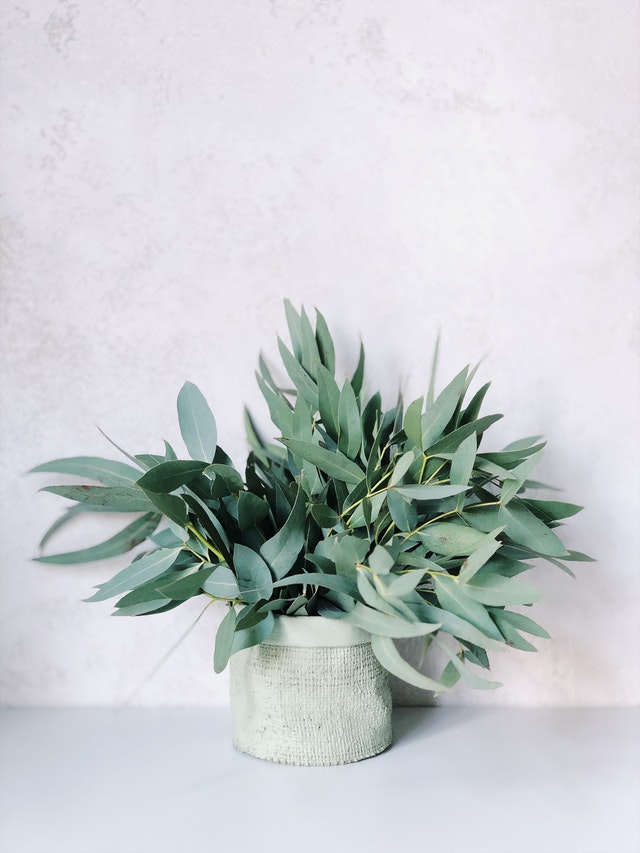
Lyocell is so well liked for bedding and clothing because it is soft, lightweight, highly absorbent, breathable, natural, eco friendly to make, and wrinkle resistant! What more could you possibly as for? Tencel sheets are typically flowing and have a silky appearance and feel. Which makes this bedding choice great for look and feel expensive.
However, lyocell fabrics tend to be rather cost effective choice. Allowing you to have a bedroom that looks expensive, feels great, is eco-friendly and does not cost an arm and a leg. Making tencel fabric a new favorite for many.
We were hard pressed to try and come up with some drawbacks to tencel sheets. The first is that, while you can get a great set of tencel sheets for under $100. This can still be more costly than what most are willing to spend. With cotton sheets reaching prices below $50 per set, if you are really on a tight budget then you may want to stick with cotton or cotton blends.
Click the link to get your hands on our top rated Tencel sheets: Helix Luxury Tencel Sheets
Whether you are looking at sheep’s wool or alpaca wool, it is going to be a great material for bedding. Wool can be woven into blankets or remain unwoven to be used as fluffy woolen filling for duvet inserts, pillows, and mattresses.
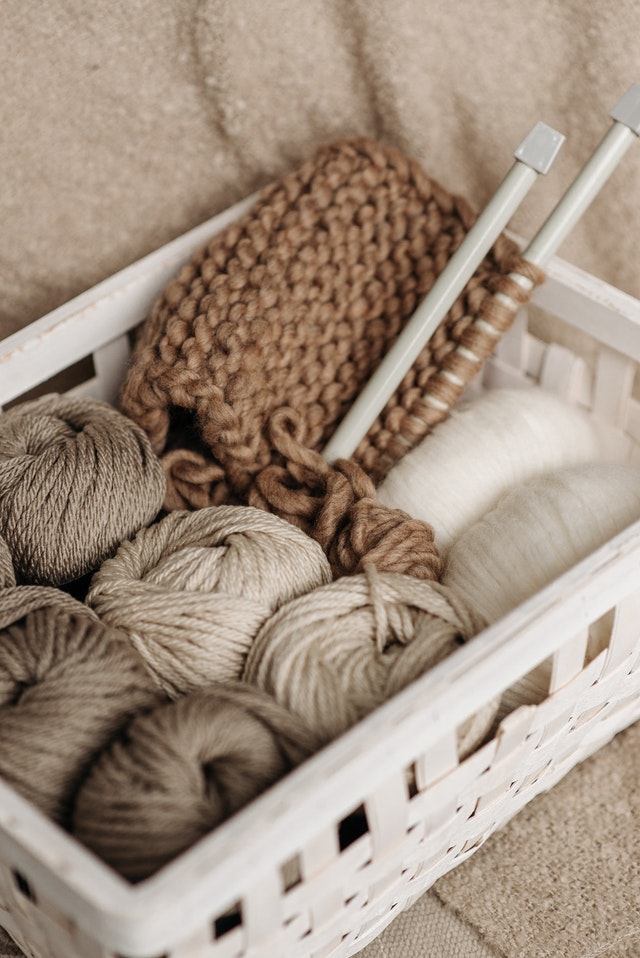
Wool is such an under utilized fabric when it comes to bedding. While wool is often thought of as a material that helps keep you warm, it is actually a temperature neutralizer. Which means it will help prevent you from getting too cold or too warm. Making it a great option for all seasons.
A huge benefit to using wool is bedding products is that it is a naturally flame resistant, without the use of added chemical treatments. It is also moisture wicking, and antimicrobial. Did we mention that it can also be lightweight, soft, and oh so comfortable? Wool is one of our top favorite materials to use in bedding.
Wool can be itchy, depending on the kind of wool used, and whether or not it is directly next to the skin. Most of the wool products we review and recommend are used as filling of some kind. Which means the wool itself is not touch your skin directly. Which completely avoids the possibility for any itchiness to occur. While wool is not vegan friendly, many sheep need grooming in order to stay healthy, safe, and comfortable.
Another potential downside to wool is that it can be rather costly in comparison to alternatives. While polyester fill is a fraction of the cost of wool, it cannot compare when it comes to the many performance benefits that wool has.
Learn more about the many benefits of using wool in your bedding products in our post: Wool! Glorious Wool!
You can find polyester in a number of different kinds of bedding, from sheets, to the fill for comforters, pillows, and more. Lots of cotton blend sheets will be blended with polyester as well. Which is something to keep in mind if you are looking to buy cotton sheets.
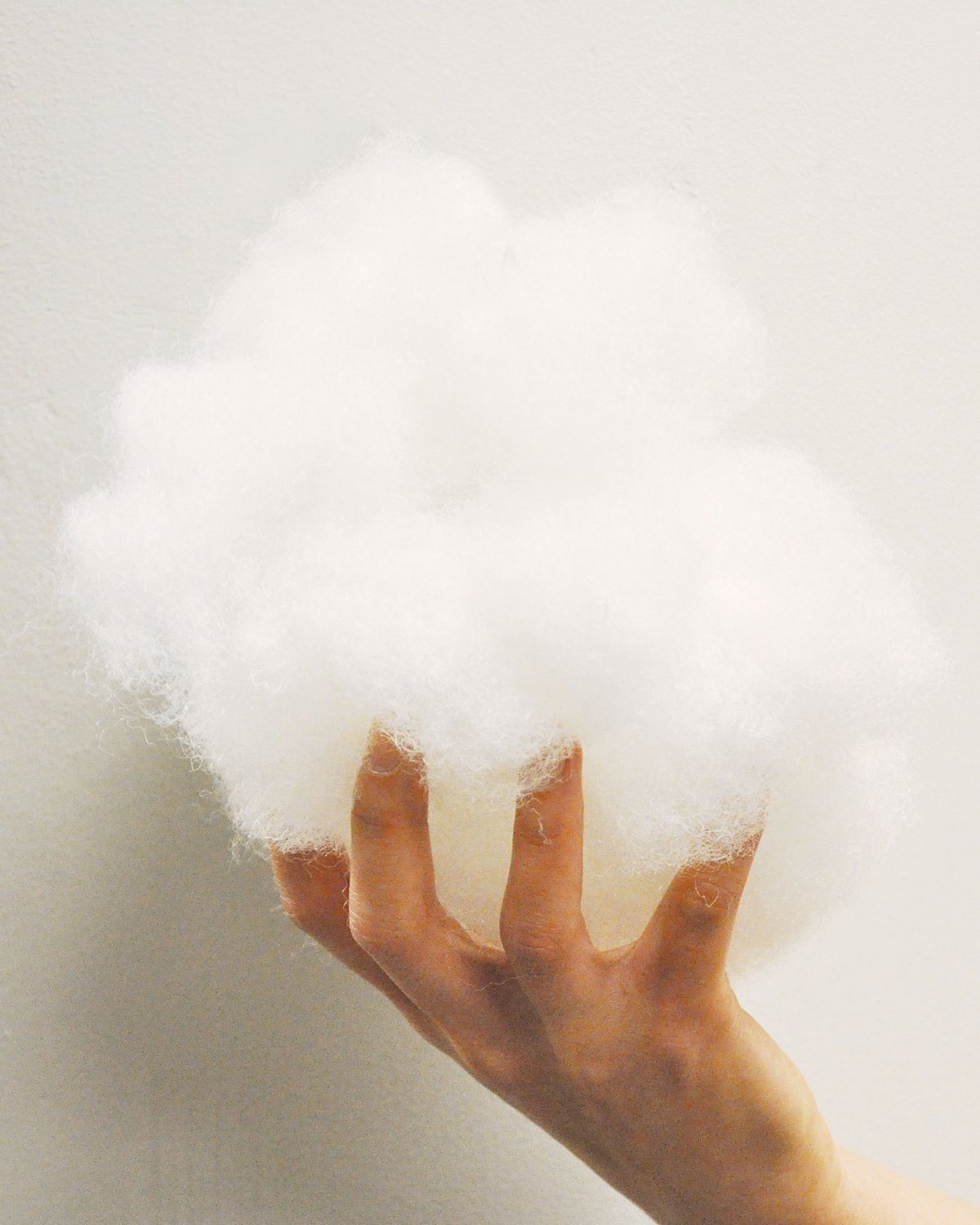
The biggest benefit to purchasing polyester bedding is the price. Polyester is very inexpensive and is often blended with other high quality materials like cotton in order to make it a less expensive product.
There are several downsides to polyester bedding. The first is that it tends to trap in heat and moisture. Polyester is a plastic based material that is not breathable. This which does not allow heat to escape, on top of this it also traps in moisture. This can lead to having very hot and sweaty nights.
If you are particularly interested in environmental issues, then you may already be aware of what microplastics are. Another con to polyester is that due to it being made of plastic, it does not decompose over time. Which means it creates microplastics that make its way into the ocean and causes issues for sea life.
Yet another downside to polyester is that it commonly causes a build up of static. Which can cause sheets to cling to your legs, cause your hair to stand on end, and even zap you or anyone you are trying to snuggle with.
Click the link to view our latest Sheet Reviews 2021
Often made out of flax seeds, linen is a luxurious bedding material that have a laid back and casual appearance. It is easy breezy and has a stunning textured look that is coming back into style.
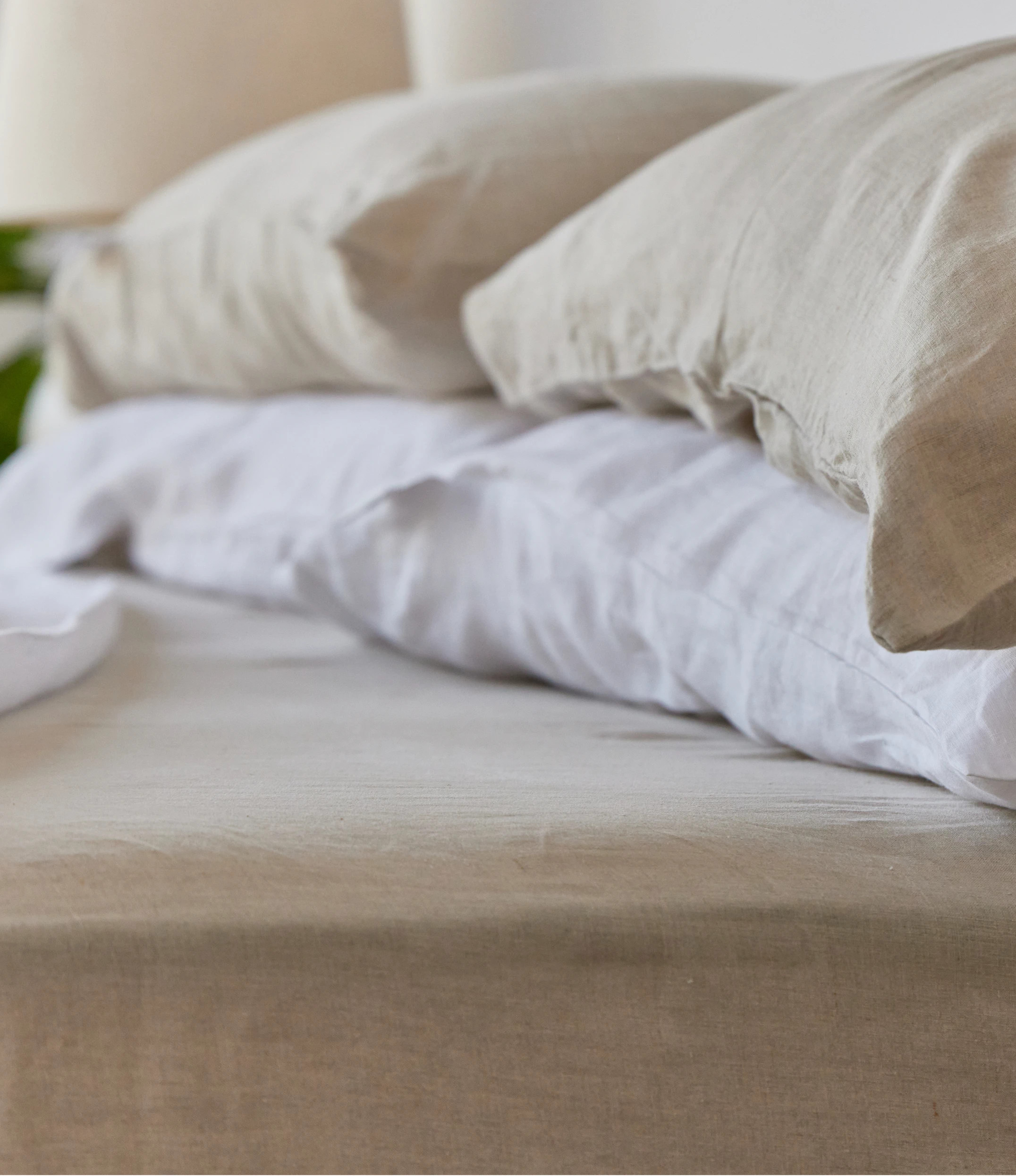
Linen is a stunning material that is great to use year round. It has wonderful moisture wicking properties, it also dries out rather quickly. All of which helps you to stay cool and dry. If you are wanting a material for your bedding that will stay cool and breezy during the summer months, linen is going to be a great choice. It is a great lightweight material.
Another benefit is that the look of linen is very on trend right now. The gorgeous natural colors and gorgeous texture of linen makes your room feel like a beach vacation.
One downside to linen is that it can be a bit more work to care for than other materials. In order to keep you linen looking, feeling, and performing at it’s best. You should only hang dry and never use traditional liquid fabric softeners as they will clog the fibers. If you use fabric softener then your linens will not wick away moisture as well.
The main disadvantage to linen is that it can be rather costly. While linen looks and feels luxurious, the price tends to reflect this as well.
Looking for the best set of linen sheets? Than you need the Tuft & Needle Linen Sheets
Whether your bedding is made of linens, cotton, or silk they all have different benefits for added comfort and practicality. Like most things in life, there are pros and cons to all of the different kinds of materials used in bedding. We hope sharing our views on the potential pros and cons to each of these bedding materials helps you to better determine which fabrics or materials you want to use for your sheets, blankets, duvet inserts and more. All so you can get your best sleep possible.
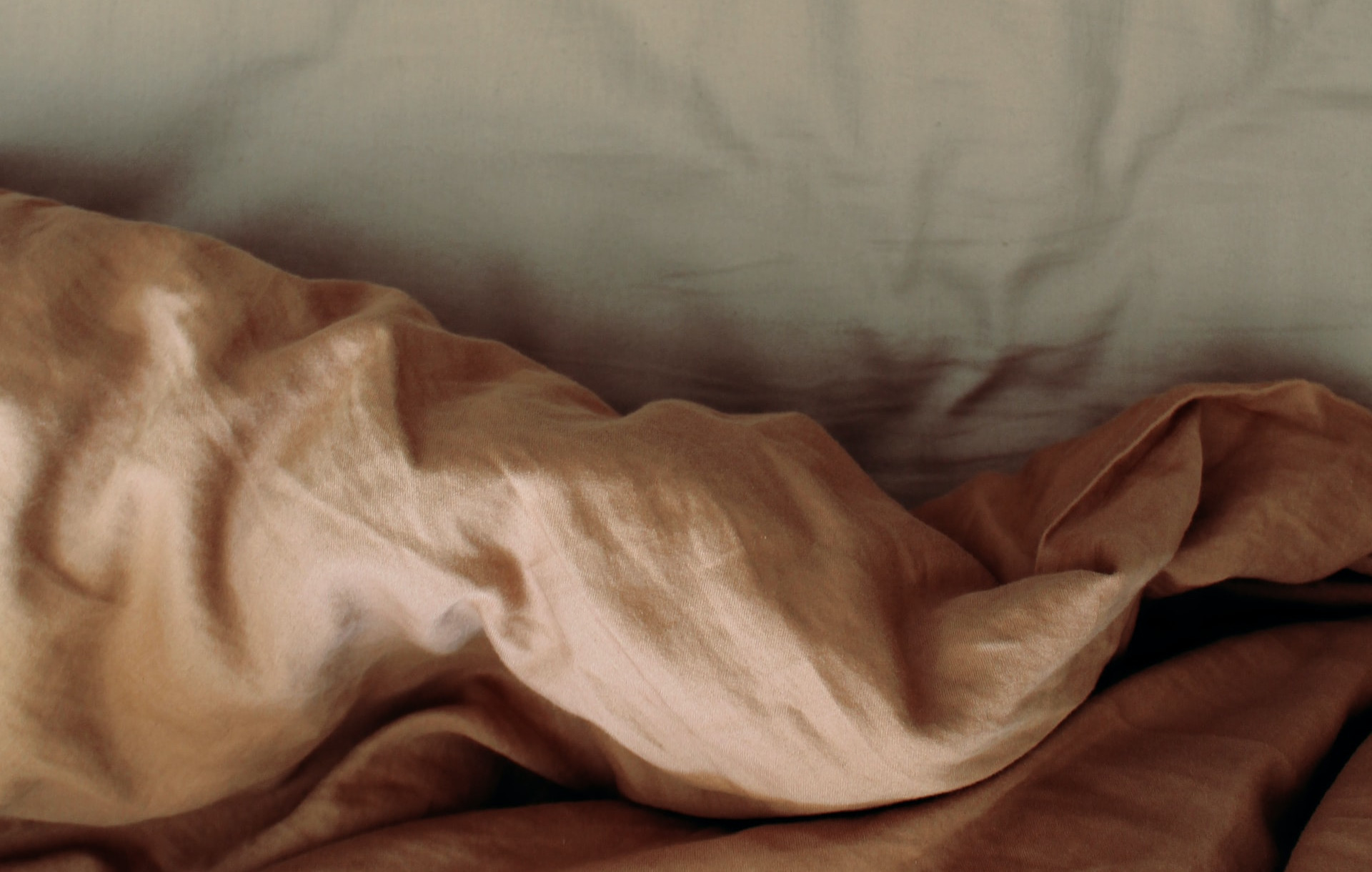
If you have any questions for us, send us a message through our Contact Us page. We would love to help answer your question the best we can.
Our Texas Showrooms Are Here To Help With All Your Favorite Online Brands! And We Offer Exclusive Coupons To Save More!
Learn More